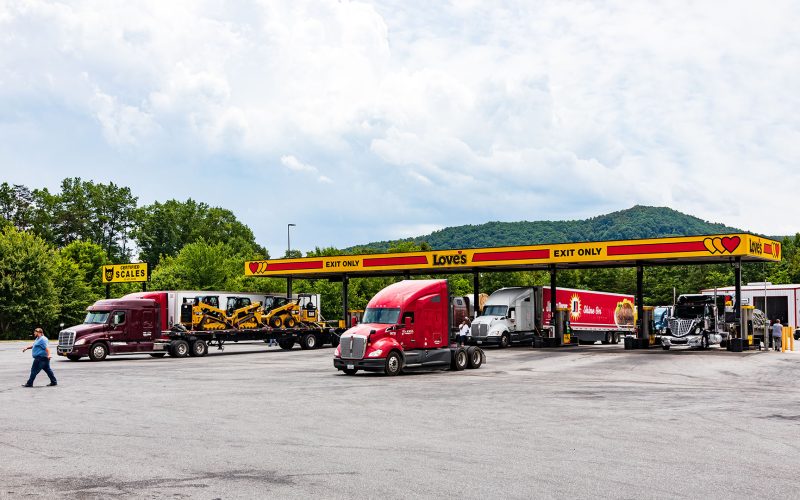THE VOICE FOR THE ENERGY CONSUMER

CEA’s Mike Butler talks about the tangible environmental progress that is being made across the Garden State as key pollutants decline leading to cleaner air and healthier families. Take, for.

New Report Demonstrates Affordable, Reliable Energy Key to Mississippians Reeling from the Economic Downturn JACKSON, MS — Thanks to increased production of abundant, affordable natural gas, Mississippi families and businesses.

Summer is officially here! We will be putting together summer energy tips through the next few months on our blog, so be sure to bookmark it for future reference. While.

New Report Demonstrates Affordable, Reliable Energy Key to Alabamians Reeling from the Economic Downturn MONTGOMERY, AL — Thanks to increased production of abundant, affordable natural gas, Alabama families and businesses.

As Pennsylvanians of all political parties have embraced the sustainable development of natural gas, economic opportunities for families across the state have increased as a result of lower energy prices.

WASHINGTON, D.C. – Today, the U.S. Senate passed the Great American Outdoors Act providing guaranteed funding for conservation and parks maintenance. The bill will provide mandatory funding for the Land.

Leading Consumer Energy Advocate Applauds Administration’s Request to U.S. Supreme Court to Revive Permit Program WASHINGTON, D.C. — Consumer Energy Alliance (CEA), the leading voice for sensible energy policies for.

Leading Consumer Energy Advocate Applauds Action and Encourages Gov. Reeves to Sign HB 1243 JACKSON, MS – Consumer Energy Alliance (CEA), the leading voice for sensible energy policies for families.

Love’s Travel Stops & Country Stores are essential for our nation’s road-trip warrior families and truck drivers transporting essential goods across the country. During these tough times, Love’s showed their.

CEA’s David Holt commented on today’s U.S. Supreme Court’s 7-2 decision throwing out a 4th U.S. Circuit Court of Appeals’ ruling that blocked the Forest Service’s right to authorize the.